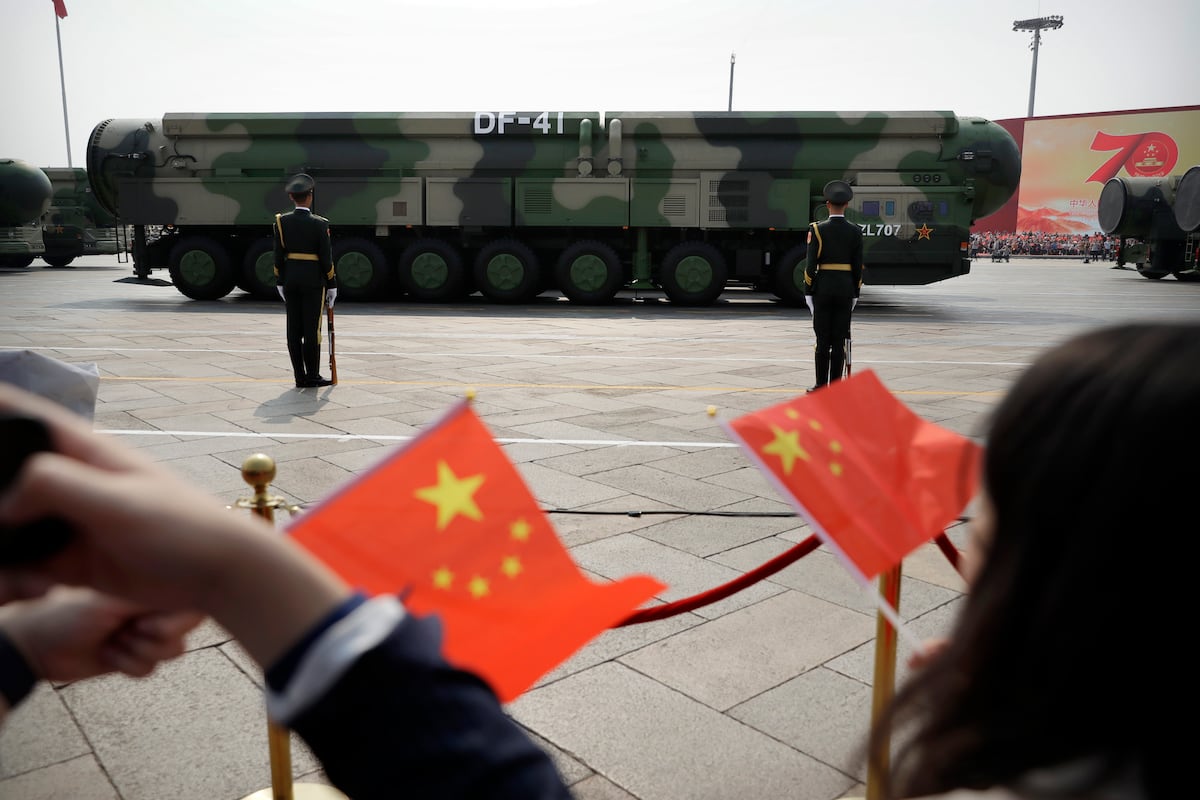Pentagon’s Strategic Revamp: Countering the Drone Threat
The Department of Defense is fundamentally restructuring its approach to counter unmanned aerial systems (UAS), particularly against the rising threat of small drone swarms employed by both state and non-state actors. A recent memorandum from Defense Secretary Pete Hegseth outlines a decisive shift toward a more agile, responsive framework for addressing these aerial threats, as U.S. forces globally confront increasingly sophisticated drone capabilities.
Establishment of JIATF 401
To enhance operational efficiency and resource alignment, the Pentagon is launching the Joint Interagency Task Force 401 (JIATF 401). This new entity aims to expedite the provision of counter-small unmanned aircraft system (C-sUAS) capabilities to U.S. armed forces. Key objectives include:
- Improving defense against adversarial drone applications.
- Safeguarding U.S. sovereignty over national airspace.
- Streamlining acquisition processes and funding mechanisms.
Transition from JCO to JIATF 401
With the activation of JIATF 401, the existing Joint Counter-small Unmanned Aircraft Systems Office (JCO) will be disbanded. Established in 2019 under Army jurisdiction, the JCO will conclude operations to facilitate the transition into this more unified task force structure.
Enhanced Procurement and Operational Authority
JIATF 401 is designed to consolidate various roles—from operational command to procurement—under a singular leadership umbrella. This strategic shift enables:
- Direct procurement decisiveness.
- Fast-track funding access of up to $50 million per project.
- Ability to recruit specialized technical talent outside traditional federal hiring protocols.
The oversight of this new task force will be managed directly by the Deputy Secretary of Defense, ensuring accountability and responsiveness.
Addressing Emerging Drone Tactics
As operational theaters in the Middle East and Eastern Europe face the proliferation of economical, yet effective, drone technologies, U.S. forces need to adapt. Recent operations, such as Ukraine’s striking drone incursions against Russian military assets, underscore the urgency for the U.S. military to enhance its counter-drone capabilities. Adversaries are employing inexpensive quadcopters and fixed-wing drones to disrupt high-value military assets with minimal resources compared to the cost of countermeasures.
- Operational Implications: These drone tactics not only jeopardize the safety of personnel and equipment but also challenge traditional air defense mechanisms.
Toward a More Responsive Defense Ecosystem
The reorganization aims to compress timelines for the development and deployment of counter-drone technologies, potentially transforming the landscape of military air defense. Key features of JIATF 401 include:
- 30-day mandate for recommendations on establishing specialized C-sUAS test and training ranges.
- Integration of drone forensics and replication efforts, connecting with the Defense Innovation Unit’s Replicator 2 initiative focused on mass-produced autonomous systems.
Conclusion: A Market Shift in Defense Technology
Expected to reshape the future of military contracting, the formalization of JIATF 401 could invigorate a burgeoning market projected to approach tens of billions of dollars within the next decade. By offering a centralized purchasing mechanism and strategic funding, this approach ensures a competitive environment for innovative companies specializing in directed-energy, electronic warfare, and other counter-drone technologies.
The Pentagon plans to conduct a comprehensive assessment of JIATF 401 after three years to evaluate the effectiveness of this new structure and its impact on military readiness in the face of evolving threats.
Looking Ahead
This strategic pivot not only signifies an urgent response to contemporary operational needs but also reflects a broader commitment to redefine military engagements in an era of rapid technological advancement. As the U.S. military gears up to tackle the complexities introduced by unmanned aerial systems, the enhanced capabilities born from this initiative may well prove essential in maintaining air superiority and operational agility in future conflicts.





